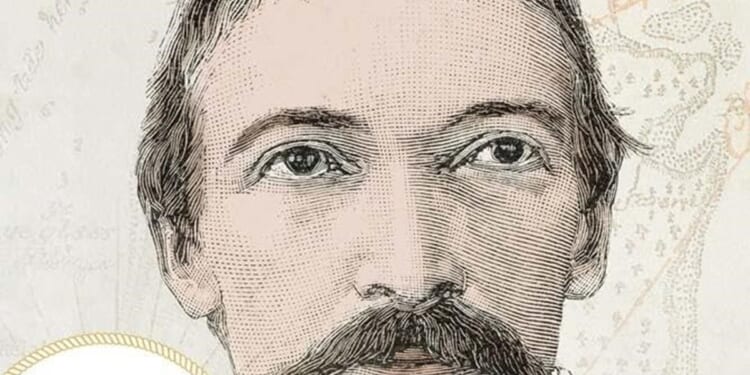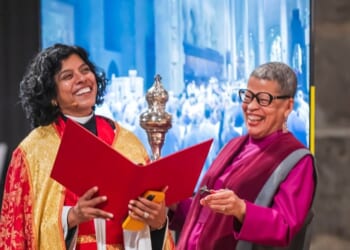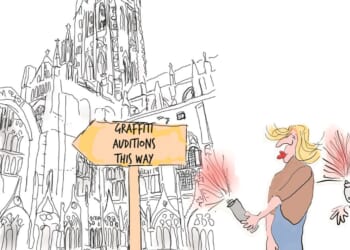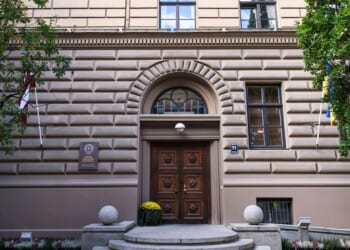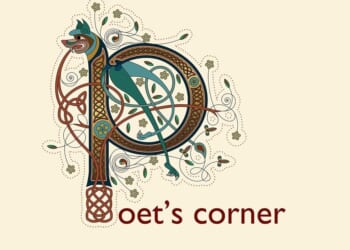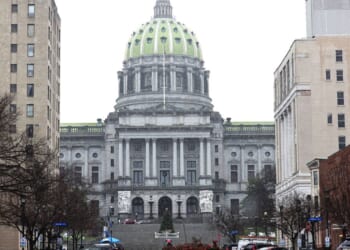STORIES of his famous grandfather’s war with the elements at the notorious Bell Rock enthralled Robert Louis Stevenson as a child. As a student at the Edinburgh Academy, and later the University, he was intended for the family business of lighthouse and harbour engineers. But, having trained as a lawyer and been called to the bar, he followed his true vocation and became a writer.
Leo Damrosch, a distinguished Harvard professor, quotes Rosaline Masson’s evocation of the anguish that pervaded 17 Heriot Row, after Louis’s confession of unbelief to his parents. Under the influence of Herbert Spencer, social Darwinism had become a substitute for religion. Years later, this product of Calvinist Edinburgh wrote in an essay, “Christ would never hear of negative morality,” adding, “To make our idea of morality centre on forbidden acts is to defile the imagination.” Damrosch helpfully compares his thinking to that of William Blake.
In Edinburgh, Louis’s (pronounced “Lewis’s”) bohemianism made him an outlier, whereas in London he could feel at home at the Savile Club. A visitor recalled “tales of Louis, in his black shirt and velvet jacket, gesticulating eagerly and shaking his long and unkempt hair, while he made the little circle in the midst of which he talked a momentary center of the universe”.
The storyteller. Often on the move for the sake of his health, he wrote many travel books, most famously Travels with a Donkey in the Cévennes (1879). That year, Louis travelled on an emigrant train across the US to be with Frances Osbourne, whom he married after her divorce from an unfaithful husband. Ten years older than Louis, and the mother of three children, Fanny was described by Edmund Gosse as having “a sort of savage nature in some ways, but very lovable — extraordinarily passionate, full of gaiety”.
It was in America that Louis suffered his first haemorrhage from what he called his “bellows”. A precarious existence as a writer was, however, made possible by steady financial support from papa: a sign of acceptance.
Louis believed that we are “rapt clean out of ourselves” through adventures and tales of adventure. His work marks a crucial turn from the domestic intricacies of George Eliot to romance. There were to be no sub-plots. He wrote short, in his tales, poetry, plays, and brilliant essays. Between 1874 and 1894, he turned out an average of 400 pages a year.
After making his name with Treasure Island (1883), he lived with Fanny in Bournemouth for a few years. Fanny thought that the first draft of The Strange Case of Dr Jekyll and Mr Hyde had been ruined by Louis’s turning it into a tale about a secret life. Although aghast when it went in the fire, she was right. The more profound final draft shows a character struggling with a deeper hidden self that breaks loose and fights for supremacy. The spellbinding Kidnapped followed, and, later, his most ambitious completed novel, The Master of Ballantrae.
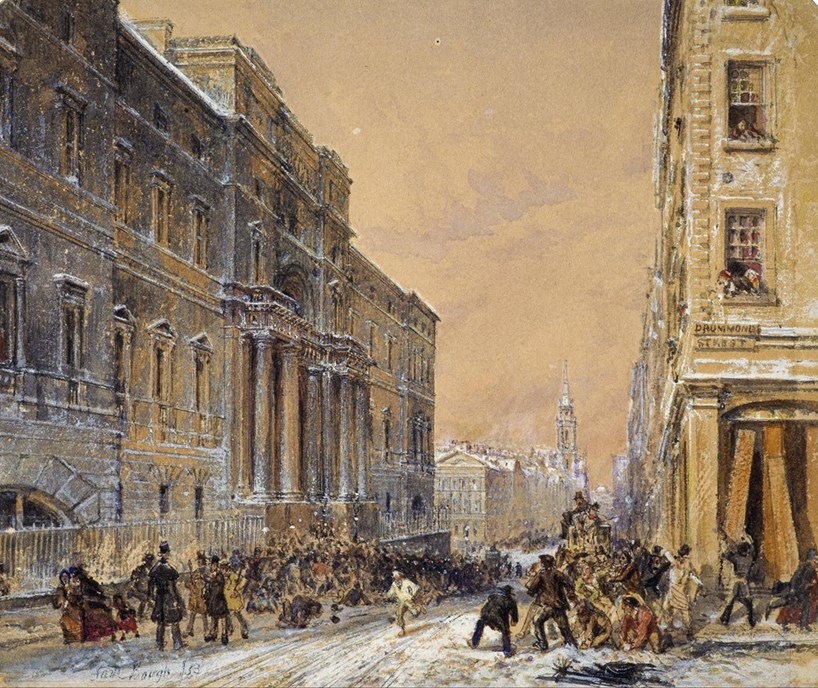 AlamySnowballing outside Edinburgh University by Samuel Bough is one of the plates in the book
AlamySnowballing outside Edinburgh University by Samuel Bough is one of the plates in the book
Having travelled around the world, trying to breathe, Louis wound up on Samoa and the palatial Vailima estate that he and Fanny established there. On Sundays, the household gathered to hear a chapter of the Bible read in Samoan and a prayer in English, composed by Louis. (The prayer was undoctrinal and purely ethical.) Literary friends were upset by the thought that he might not return to Britain, but Henry James understood. “How can one grudge his really living?” he asked Sidney Colvin, and to Louis he wrote that he could hear “a sort of dim rumble of the Pacific surf” in the “beautiful strange things” that Louis sent him: “My heart beats over them — my imagination throbs — my eyes fill.”
Weir of Hermiston was left unfinished when Louis died of a stroke in December 1894, and was buried in a grave dug by his own men. “I was not born for age,” he had written to Gosse.
Damrosch takes us through his story in a relaxed style and at a steady pace, quoting freely from previous biographers and also drawing on unpublished material. This charming book is full of embedded illustrations, and is graced by a number of colour plates, including the famous double portrait of Louis and Fanny by Sargent, and an arresting photographic portrait of Louis in Sydney, Australia. He was everywhere.
Dr Michael Wheeler is a Visiting Professor at the University of Southampton. His latest book is William Ewart Gladstone: The heart and soul of a statesman (OUP, 2025).
Storyteller: The life of Robert Louis Stevenson
Leo Damrosch
Yale £25
(978-0-300-26862-1)
Church Times Bookshop £22.50

